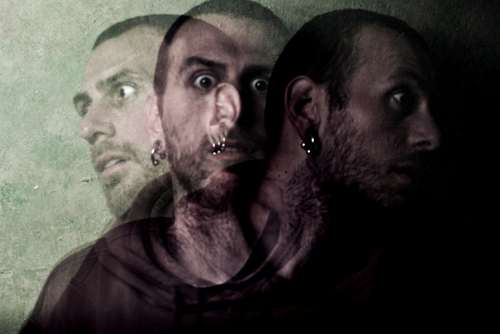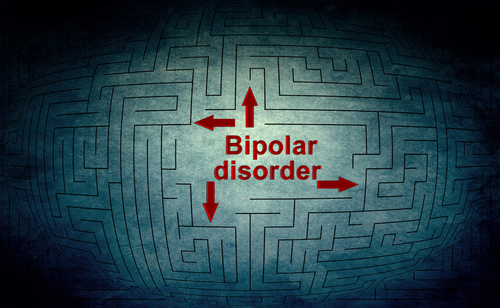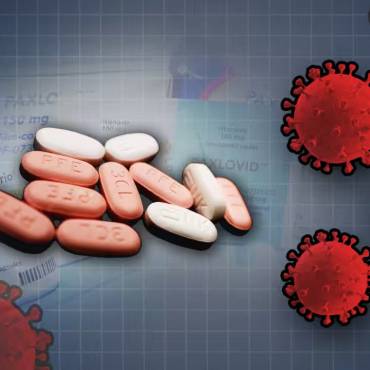A serious mental condition in which a person may experience elevated mood swings from mania to depression or both at the same time is known as Bipolar disorder. This condition is also known as manic depressive disorder or manic depression. Reports have stated that bipolar disorder is the sixth leading cause of disability worldwide. This mental disorder or illness can lead a person to have serious swings in mood, energy, thinking, and behavior which disrupts his/her life by damaging relationships and careers. Cycles of this disorder last for days, weeks or even months and if not treated, may become worse to the extent of inciting suicidal tendencies in an individual.
Bipolar mania is a prolonged state of extreme elation or happiness which is accompanied by excessive energy. The signs of bipolar mania include increased levels of energy, fast speech, talkativeness, and distractability, reckless and aggressive behavior with loss of sleep. Apart from the earlier mentioned signs, the individual may experience sexual inappropriateness too. Bipolar depression also describes the opposite mood that includes sadness, loss of energy and pleasure, crying, sense of worthlessness, and sleep problems.
Causes of bipolar disorder:
Most medical conditions are associated with a cause, but bipolar disorder is different. As, there is no single cause for this illness, studies have shown that changes in the brain may be the reason behind the problem. There are three brain chemicals – noradrenaline, serotonin, and dopamine, which are involved in the functions of the brain and the body. The previous two chemicals are linked to psychiatric mood disorders like depression and bipolar disorder, whereas dopamine is linked to the pleasure system of the brain. Disruption in neurotransmitter can lead to a severe mental disorder. Below are various other causes of bipolar disorders:
- Genetic factors – People are at high risk of developing bipolar disorder if they have a blood relative like a sibling or parent with the condition. Reports have shown that inherited traits account for up to 60-80% of the bipolar disorder indicative of a strong hereditary component.
- External environmental and psychological factors – Mental stress, physical or mental abuse, significant loss or other traumatic experiences may trigger bipolar disorder symptoms.
- Substance abuse – Any sort of illegal substance use like cocaine, heroin, alcohol and amphetamines can trigger the bipolar mania, which can worsen the condition. Furthermore, abusive substance usage cause imbalance in the levels of one or more neurotransmitters.
Also read: Anorexia Nervosa: A Serious Mental Health Condition
Signs and symptoms of bipolar disorder:
This mental illness shows different signs and symptoms in different people. The symptoms of this disorder vary in their pattern, severity, and frequency. Here person’s mind fluctuates only between mania and depression. Some people are prone to either mania or depression, whereas others share these two types of episodes equally. Some people experience frequent mood disruptions, while others experience a few over their lifetime. Bipolar disorder is treatable, but if ignored, the condition is likely to worsen by the day. So, it becomes very important to know what the symptoms are. Signs of bipolar disorder depend on the types of mood episodes, which are as follows:
Signs of bipolar mania:
Feelings of heightened energy and euphoria are common in this phase. Hyperactivity and less sleep are also the common signs of bipolar mania. Sometimes people may feel like they are very powerful, or destined for greatness. Some other common signs and symptoms of bipolar mania include:
- Inflated self-esteem
- Racing thoughts
- Poor judgment
- Increased physical activity
- Aggressive and risky behaviour
- Irritation
- Unwise financial choices
- Poor performance
Signs of hypomania:
This is a less severe form of mania in which people feel euphoric, energetic, and productive, but are able to carry on with day-to-day lives and activities. To others, this episode of bipolar disorder may seem as though they are not in a good mood. However, people with hypomania disorder take bad decisions that harm their relationships, careers, and reputations. Furthermore, hypomania less commonly escalates to full-blown mania and can be followed by a major depressive episode.
Signs of bipolar depression:
People often correlate regular depression with bipolar depression. But, researchers have proved that there are differences between the two when it comes to treatment. Various people suffering from bipolar depression don’t get much help from antidepressants. In fact, antidepressants can worsen their bipolar disorder and trigger mania or hypomania. At this stage they may lose contact with reality and experience major disability at work and social. They may also feel sad and cry a lot. Various other signs of bipolar depression include:
- Suicidal thoughts or behaviour
- Hopelessness
- Anxiety
- Guilt
- Concentrating problems
- Irritability
- Chronic pain without a known cause
Also read: The Stages of Alzheimer: Signs, Symptoms And Management
Signs and symptoms of a mixed episode:
Here, symptoms may include both mania or hypomania and depression. Common signs of mixed episode include depression combined with irritability, anxiety, distractibility, insomnia, and racing thoughts.
Forms of bipolar disorder:
There are various phases of bipolar disorder and each has a different pattern of symptoms. These are mentioned below:
- Bipolar I disorder (mania or a mixed episode) – This episode of bipolar disorder is characterized by one manic episode or mixed episode. Here manic or mixed episodes last for seven days and the symptoms are so severe that the person needs immediate hospital care.
- Bipolar II disorder (hypomania and depression) – This form of bipolar disorder involves episodes of hypomania and severe depression. Bipolar II is not as severe as bipolar I. When you are under the influence of bipolar II, you may experience an elevated mood, irritability and some changes in your functioning, but normally you can carry on with your daily routine.
- Cyclothymic disorder (hypomania and mild depression) – This is a milder form of bipolar disorder that consists of cyclical mood swings. Here the symptoms are less severe as compared to full-blown mania or depression.
After experiencing the aforementioned symptoms, there is a need to diagnose the condition to exactly understand the treatment needed. To diagnose the condition, your doctor may conduct a physical examination followed by an interview. Blood work is not necessary in diagnosing the bipolar disorder.
Also read: Types and Symptoms of Insomnia
Treating bipolar disorder: Bipolar disorder is a serious mental problem which requires lifelong treatment even when you are feeling better. Basically, treatment is carried out under the surveillance of a skilled psychiatrist. But, the primary treatment of bipolar disorder includes medication like Lithium, which is effective in stabilizing the mood, antipsychotics like Quetiapine, Olanzapine, and Risperidone for treating mixed episodes. Below are various other treatment options, including:
- Structured psychotherapies like exercises to tolerate distress skills
- Learning skills to tolerate distress
- Talk therapy is an important part of the treatment. In this treatment process, your physician or psychiatrist discusses your feelings, thoughts and behavior with you that cause you problems. This therapy helps you know the problems that hurt your ability to function well in life.
- Behavioral therapy is another option that focuses on decreasing stress.
- Cognitive therapy in learning and identifying the patterns of thinking
Also read: Born to Fly: Break the Chains of Stress




